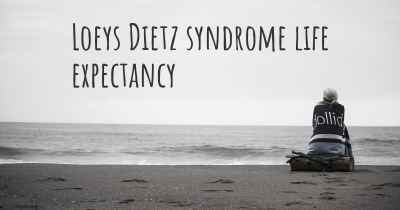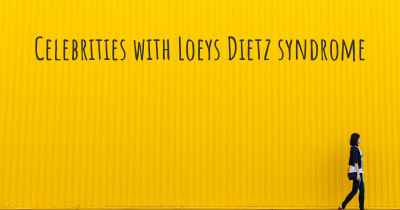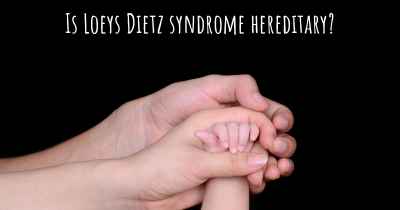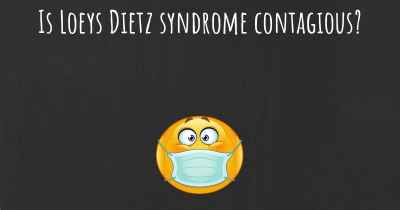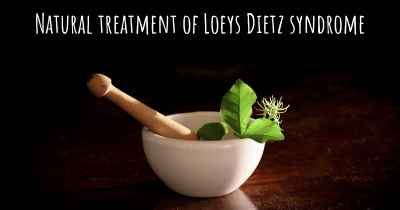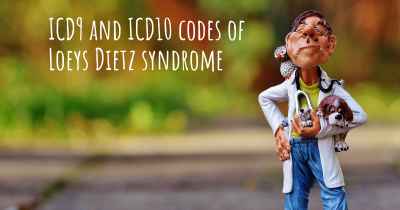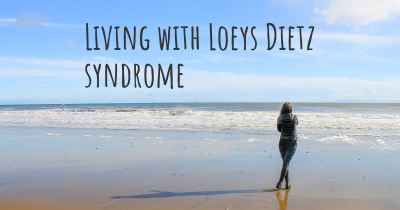What is the history of Loeys Dietz syndrome?
When was Loeys Dietz syndrome discovered? What is the story of this discovery? Was it coincidence or not?
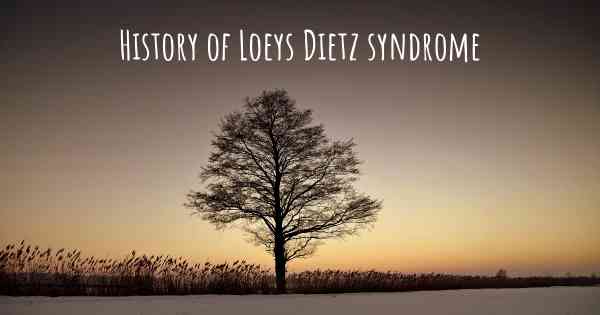
Loeys-Dietz syndrome (LDS) is a rare genetic disorder that affects the connective tissues in the body. It was first identified in 2005 by Dr. Bart Loeys and Dr. Hal Dietz, who were studying a group of patients with a distinct set of symptoms that did not fit into any known connective tissue disorder.
The discovery of LDS was a significant breakthrough in the field of medical genetics. Prior to its identification, these patients were often misdiagnosed with other connective tissue disorders such as Marfan syndrome or Ehlers-Danlos syndrome. However, Dr. Loeys and Dr. Dietz noticed that the patients they were studying had a unique combination of symptoms that set them apart from these other disorders.
One of the key features of LDS is the presence of arterial aneurysms and dissections. These are abnormal bulges or tears in the walls of the arteries, which can lead to life-threatening complications such as aortic rupture or stroke. The researchers also observed that the aneurysms in LDS patients tended to occur at a younger age and in different locations compared to other connective tissue disorders.
Further investigation revealed that LDS is caused by mutations in certain genes that are involved in the transforming growth factor-beta (TGF-β) signaling pathway. This pathway plays a crucial role in regulating the growth and development of cells and tissues in the body. Mutations in these genes disrupt the normal functioning of the pathway, leading to the characteristic features of LDS.
Since its discovery, several subtypes of LDS have been identified, each associated with mutations in different genes within the TGF-β signaling pathway. These subtypes include LDS type 1, LDS type 2, LDS type 3, and LDS type 4. Each subtype has its own unique set of symptoms and clinical features, although there is some overlap between them.
Patients with LDS often present with a wide range of symptoms affecting multiple organ systems. In addition to arterial aneurysms and dissections, they may also have skeletal abnormalities such as scoliosis or joint hypermobility. Other common features include craniofacial abnormalities, such as a cleft palate or widely spaced eyes, and skin findings like stretch marks or translucent skin.
Diagnosing LDS can be challenging due to its variable presentation and overlap with other connective tissue disorders. However, advances in genetic testing have made it easier to identify the underlying genetic mutations associated with LDS. Genetic testing can help confirm the diagnosis and guide appropriate management and treatment strategies.
Treatment for LDS focuses on managing the associated complications and preventing further damage. This may involve regular monitoring of the cardiovascular system to detect and manage any aneurysms or dissections. Medications such as beta-blockers or angiotensin receptor blockers may be prescribed to help reduce the risk of aortic rupture. In some cases, surgical intervention may be necessary to repair or replace damaged blood vessels.
As LDS is a genetic disorder, it has implications for affected individuals and their families. Genetic counseling is an important part of the management of LDS, as it can help individuals understand the inheritance pattern of the disorder and make informed decisions about family planning.
In conclusion, Loeys-Dietz syndrome is a rare genetic disorder that affects the connective tissues in the body. It was first identified in 2005 and is characterized by arterial aneurysms and dissections, as well as other features such as skeletal abnormalities and craniofacial abnormalities. The discovery of LDS has improved our understanding of connective tissue disorders and has led to better diagnosis and management strategies for affected individuals.
Posted May 12, 2019 by Derek 4050
Loeys–Dietz syndrome
Other names
Aortic aneurysm syndrome due to TGF-beta receptors anomalies
Autosomal dominant - en.svg
This condition is inherited in an autosomal dominant manner[1]
Specialty
Cardiology, Rheumatology, Medical genetics Edit this on Wikidata
There are five types of the syndrome, labelled types I through V, which are distinguished by their genetic cause. Type 1, Type 2, Type 3, Type 4 and Type 5 are caused by mutations in TGFBR1, TGFBR2, SMAD3, TGFB2, and TGFB3 respectively. These five genes encoding transforming growth factors play a role in cell signaling that promotes growth and development of the body's tissues. Mutations of these genes cause production of proteins without function. The skin cells for individuals with Loeys–Dietz syndrome are not able to produce collagen, the protein that allows skin cells to be strong and elastic. This causes these individuals to be susceptible to different tears in the skin such as hernias. Although the disorder has an autosomal pattern of inheritance, this disorder results from a new gene mutation in 75% of cases and occurs in people with no history of the disorder in their family. In other cases it is inherited from one affected parent.[citation needed]
Loeys–Dietz syndrome was identified and characterized by pediatric geneticists Bart Loeys and Harry "Hal" Dietz at Johns Hopkins University in 2005.
Posted May 14, 2019 by Glenn 2500
Posted May 16, 2019 by Vicki 1800
